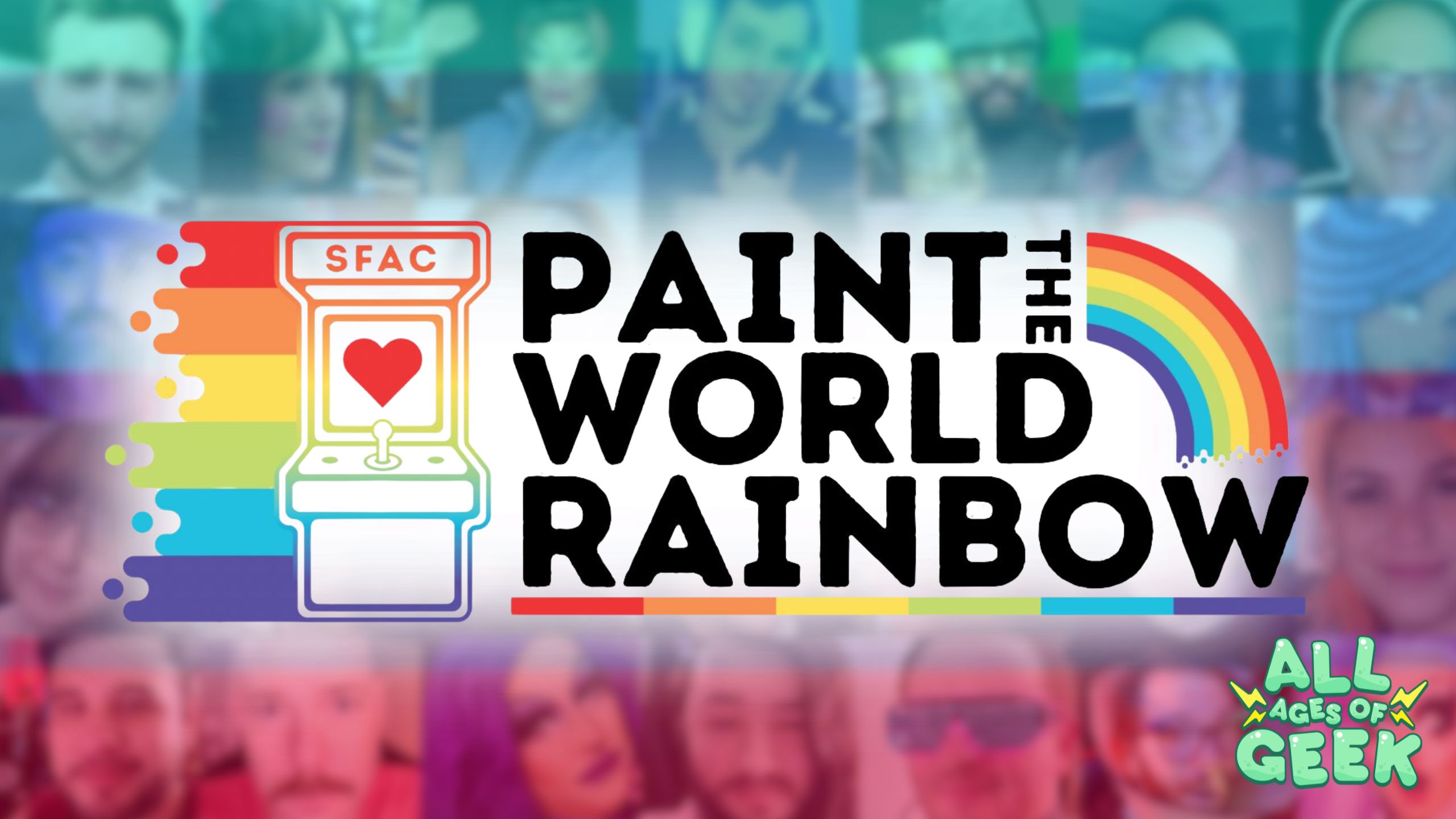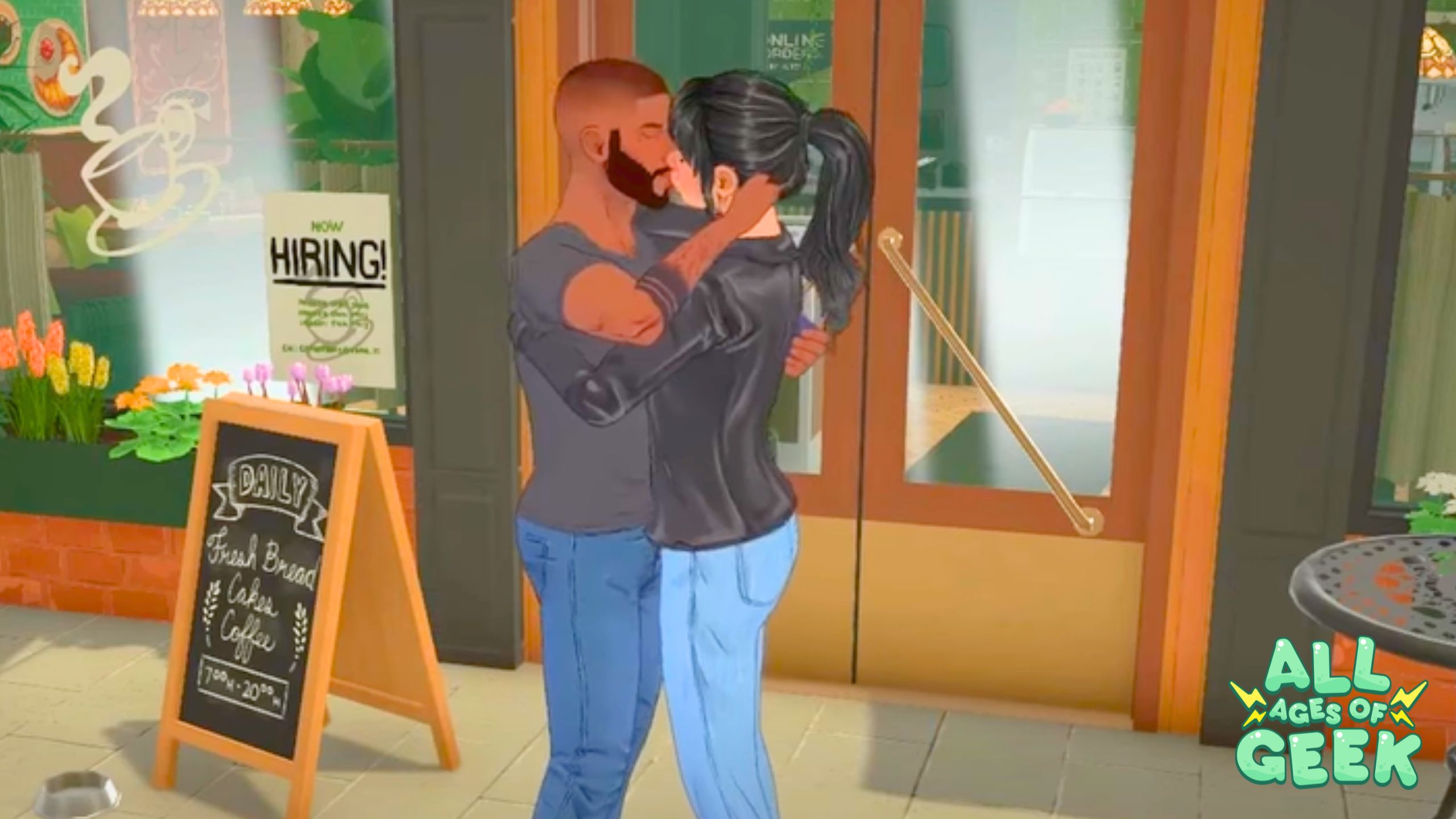Disclaimer: These articles contain in-depth discussion on the topics of mental health/illness and topics such as abuse.
The writer is also not a trained nor certified therapist. However, they have been writing for twenty years with a heavy focus on correct, realistic portrayals of mental health. They have studied PTSD and C-PTSD in-depth and speak from personal experience. Of course, they only speak from one point of view as PTSD symptoms and experiences are unique to each and every person. This is done from a clinical viewpoint, using sourced academic literature.
—
RWBY V5 C4 “Lighting the Fire”: Yang’s fighting the Branwen bandits when her hands shake, reminding her of the night that Adam took her arm.
RWBY, as a series, is one that has been met with much criticism when it comes to its writing. As a long-time writer myself, I can definitely see where the criticisms come from. However, as a writer focused in and around mental illness, one thing I do find to be surprisingly well written is the portrayal of mental illness, namely Blake’s C-PTSD and Yang’s PTSD in primarily Volumes 4-6.
So what are these terms I keep throwing around?
Most people are fairly familiar with the concept of normal PTSD or Post-Traumatic Stress Disorder. In popular culture, it’s portrayed as a veteran hearing something loud similar to gunshots then being sent into flashbacks of whatever combat zone they experienced. It’s also commonly known as shellshock from way back in World War I when it was first noticed among those who fought in the trenches. C-PTSD is short for Complex-PTSD but that’s explained more below.
However, PTSD is more than just loud noises and flashbacks. It’s a series of complex, subtle behaviors that affect daily living. Like many mental illnesses, it’s the brain’s reaction to trauma. Many of the behaviors are a way of creating avoidance at winding up in situations that resemble the event(s) that caused the trauma. It occurs on a large spectrum with patterning being unique to each individual. In the Diagnostic and Statistical Manual of Mental Disorders (or DSM), psychology’s standardized guidelines for diagnosing mental illnesses, list 24 criteria for PTSD which allows for a lot of different patterns.
Some of these can include recurring nightmares of the events—
V4 C4 “Family”: Yang has a nightmare about the events of the Fall, centering around Adam. It’s implied these are recurrent from her reaction.
—persistent, distorted thoughts about the cause and/or consequences of the traumatic events that lead one to blame themselves or others—
RWBY DC Comics #4 “Intoxication”: Blake reflecting on her past while going to Menagerie. She feels that she’ll only ever bring harm to those around her because of her past.
—persistent negative mood—
RWBY V4 C3 “Of Runaways and Stowaways”: Yang watching TV. This is the first time we see her after the 6-8 month time skip in V4. Her mood is very flat, implied to be like this much of the time since losing her arm.
—and feelings of estrangement from others.
RWBY DC Comics #4 “Intoxication”: Blake continuing to reflect on her past, feeling she can’t get close to anybody because of it. She feared people would get hurt because of it. It manifested when Yang lost her arm.
These aren’t all of the symptoms of PTSD, but it shows you how PTSD can impact daily functioning in life and why it can be such a struggle for those trying to help.
So what the heck is C-PTSD then?
C-PTSD is short for Complex PTSD. There are two main manuals used to diagnose mental illness. PTSD is listed in the main one and has been for years. C-PTSD is not recognized by the main manual but it was under consideration for the last two editions that came out in 1994 and 2013. It was, however, put into a secondary manual in May 2019 organized by the World Health Organisation (WHO).
Basically, C-PTSD is a subtype of PTSD for individuals that suffered prolonged periods of ongoing trauma. As it stands at the moment, C-PTSD is a more vaguely defined cluster of ongoing behaviors.
Individuals suffering from C-PTSD can include difficulty regulating emotions such as persistent fear and sadness—
RWBY V2 C10 “Mountain Glenn”: The team talking about the reasons they want to be Huntresses. Yang initially brought up that Blake’s not one to back down from a challenge. Her response was, “But I am! I do it all the time… When you learned I was a Faunus, I didn’t now what to do so I ran… When I learned my oldest partner had become a monster, I ran…”
—feelings of helplessness, stigma, and being different from others—
RWBY V1 C15 “The Stray”: Blake taking her bow off after she accidentally outs herself as former White Fang. She hides a major part of herself to avoid being stigmatized and discriminated against.
—and distorted perceptions of the perpetrator including (but not limited to) becoming hyper-focused on the relationship.
RWBY V2 C6 “Burning the Candle”: Blake is hellbent on tracking down the White Fang, running herself ragged in the process.
There are more for this as well, but this article is really just a primer.
So what is the difference?
I think this visual works to show the difference rather well on a basic level.
Put into words, at its most basic form, PTSD is about somebody constantly re-experiencing trauma which makes the person feel threatened and, thus, they go to avoid it.
C-PTSD is that as well as a complete warping of self and reality (not to say normal PTSD isn’t but…). People may end up feeling as if they’ve lost their personality, can’t regulate their emotions, and often tend to shut out interpersonal relationships due to the nature of the abuse they sustained.
PTSD seems to also have many of C-PTSD symptoms which makes it…difficult to try to show how they contrast in a primer article like this. The following articles will go more in-depth to explain through examples.
Sources:
Ciccarelli, S. K., & Noland, J. (2014). Psychology : DSM 5. Pearson.
Complex Posttraumatic Stress Disorder. (2013). Complex Posttraumatic Stress Disorder Symptoms and Diagnostic Criteria. Trauma Dissociation. http://traumadissociation.com/complexptsd
Complex PTSD – PTSD: National Center for PTSD. (2014). Va.Gov. https://www.ptsd.va.gov/professional/treat/essentials/complex_ptsd.asp
ICD-11 – Mortality and Morbidity Statistics. (2019). Who.Int. https://icd.who.int/browse11/l-m/en#/http://id.who.int/icd/entity/2070699808










